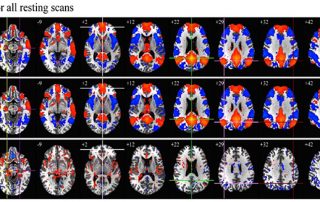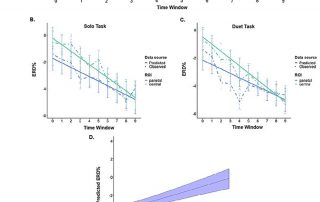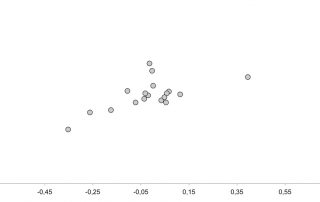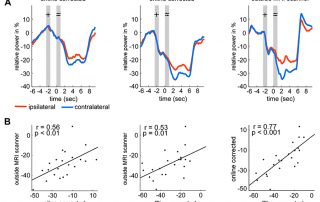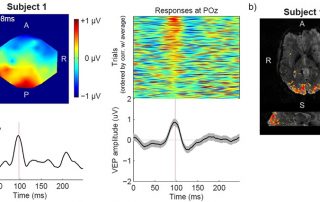EEG-assisted retrospective motion correction for fMRI (E-REMCOR) and automated implementation (aE-REMCOR)
Electroencephalography (EEG) concurrently acquired with fMRI provides high temporal resolution information about brain activity as well as subject head movement. We introduced an EEG-assisted retrospective motion correction (E-REMCOR) method that utilizes EEG data to correct for head movements in fMRI on a slice-by-slice basis and substantially improves the quality of the data. To further enhance the usability of E-REMCOR, especially for the large-scale EEG-fMRI studies, we developed an automatic and improved implementation of E-REMCOR, referred as aE-REMCOR.


